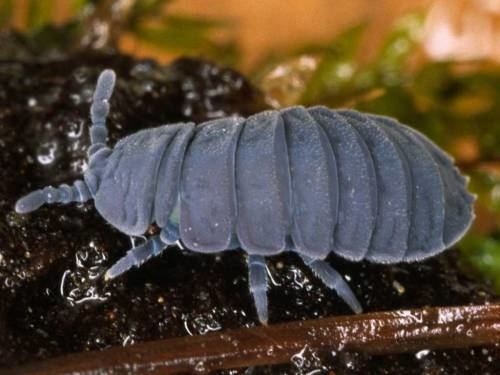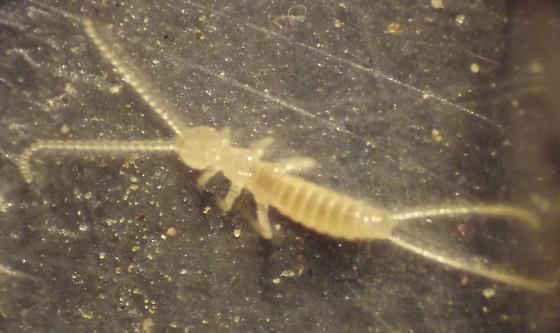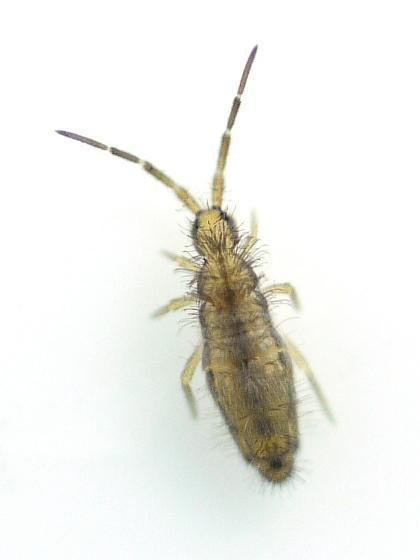Phylum Arthropoda Scientific name Entognatha | ||
 | ||
Lower classifications | ||
An introduction to arthropods presentation 4 entognatha apterygota and paleoptera
The Entognatha are a class of wingless (ametabolous) arthropods, which, together with the insects, makes up the subphylum Hexapoda. Their mouthparts are entognathous, meaning that they are retracted within the head. Entognatha are apterous, meaning that they lack wings. The class contains three orders: Collembola (springtails), Diplura and Protura. These three groups were historically united with the order Thysanura to form the class Apterygota, but it has since been recognized that the hexapodous condition of these animals has evolved independently from that of insects, and independently within each order. The orders may not be closely related, in which case Entognatha would be a polyphyletic group.
Contents
- An introduction to arthropods presentation 4 entognatha apterygota and paleoptera
- Morphology
- References

Morphology

These minute arthropods are apterous, unlike some orders of insects that have lost their wings secondarily (but are derived from winged ancestors). Their mouthparts are enclosed within a pouch in the head capsule, called the gnathal pouch, so only the tips of the mandibles and maxillae are exposed beyond the cavity. This pouch is created in the embryo by a flap or lateral head sclerite near the mouth on each side of the head which fuses with the labium. Other differences with insects are that each antennal segment is musculated; in insects, only the two basal segments are. Sperm transfer is always indirect, and there is an ovipositor in the females. Of the three orders, only collembolans possess eyes; nevertheless, many collembolans are blind, and even when compound eyes are present, there are no more than eight ommatidia.




